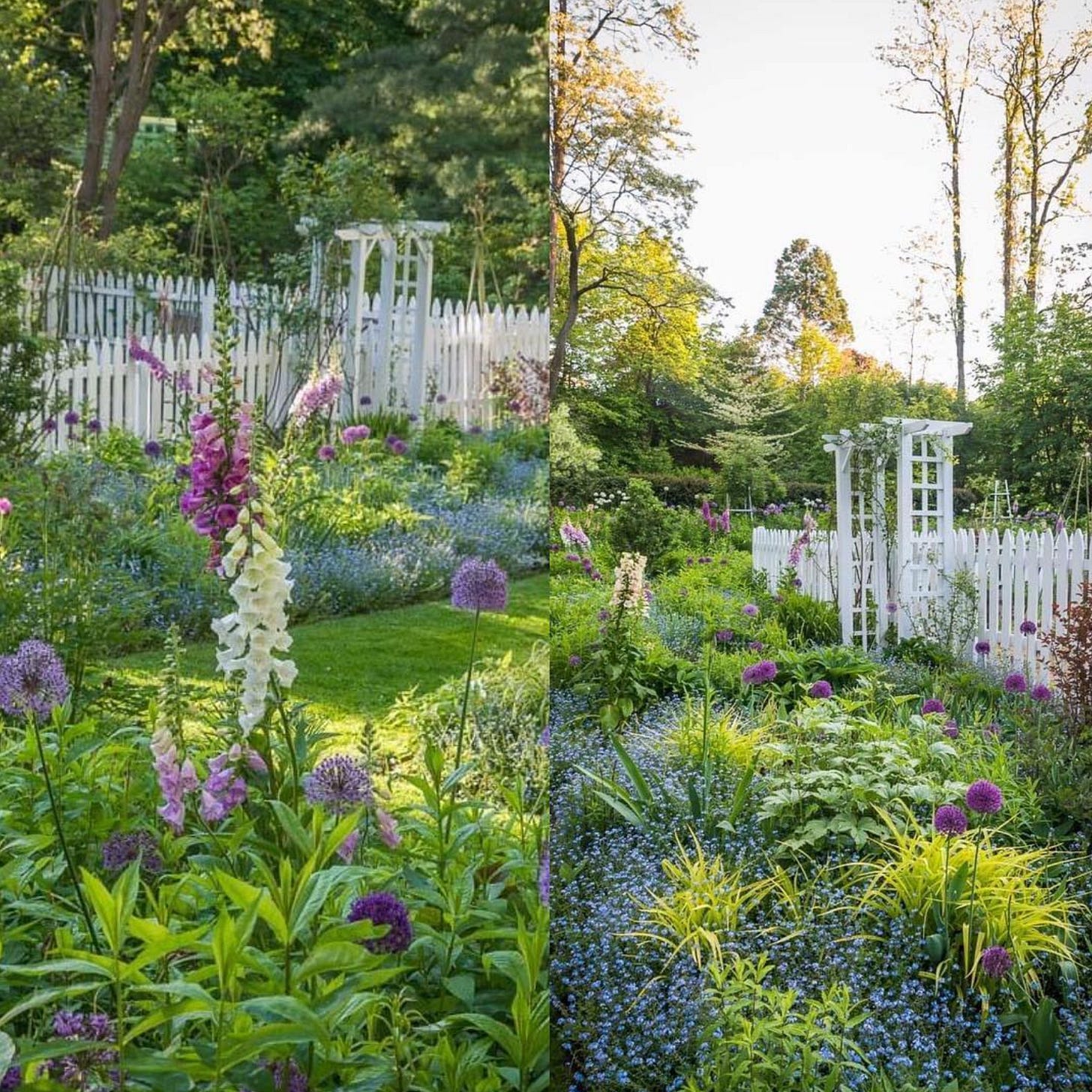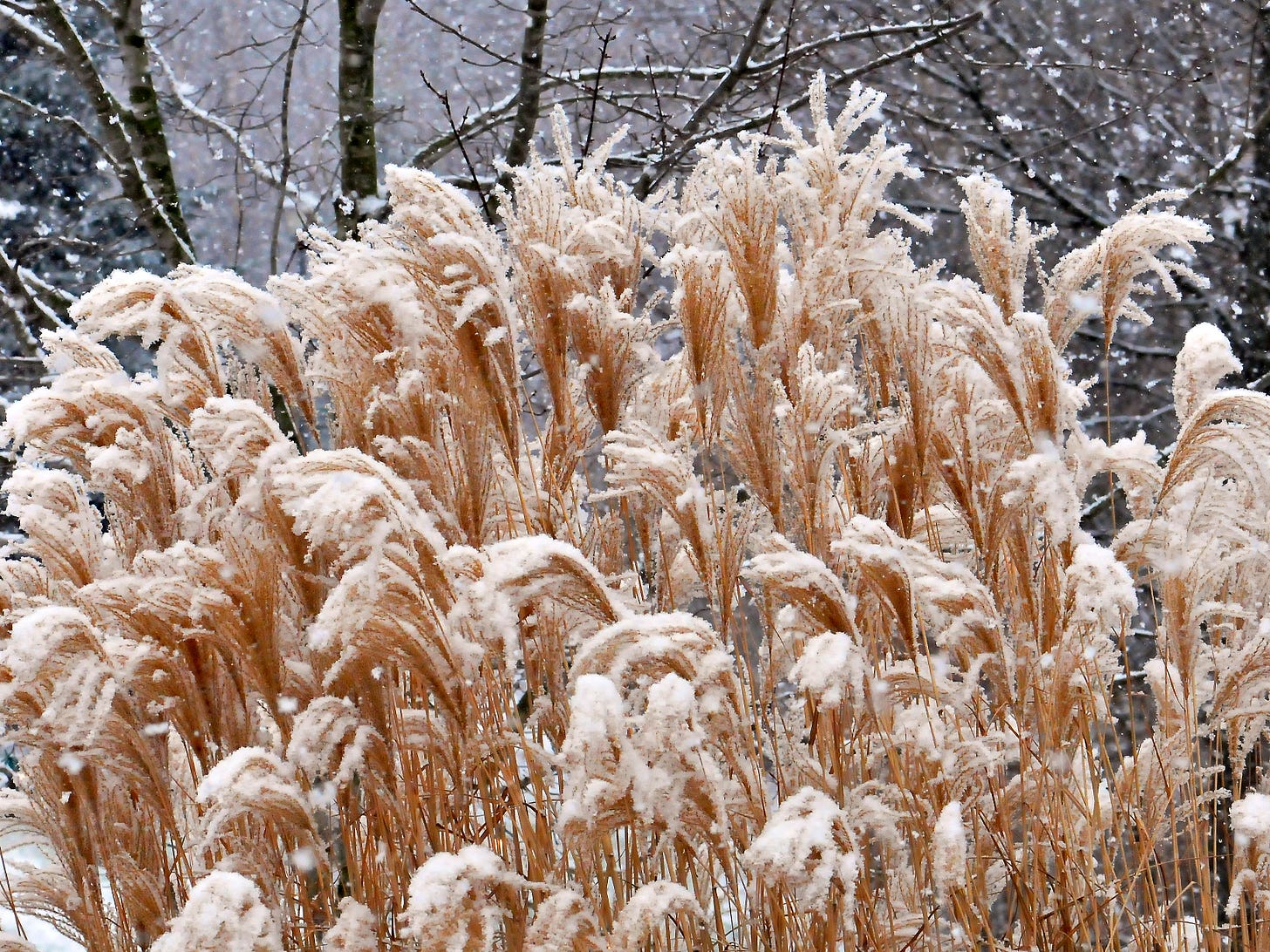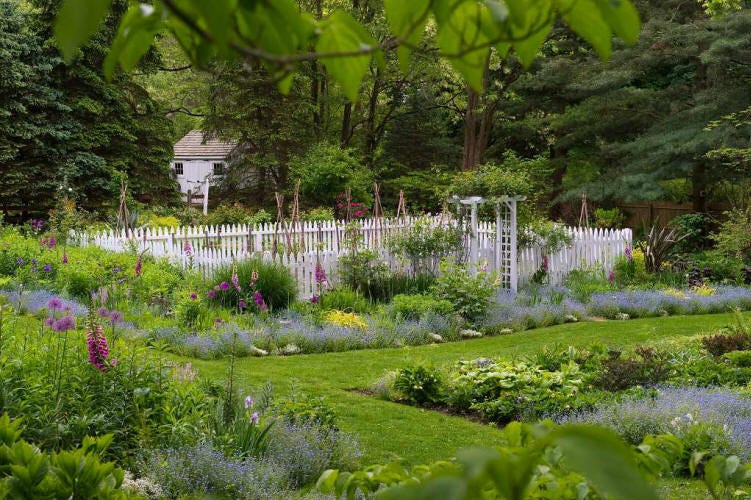Hi friends,
I hope you’re doing well. I’m back to writing Morning Pages after a two-month break.
What happened? The past two months marked the most active season of my business thus far. Besides serving my clients 1:1 and in groups, I took on teaching a semester of graduate design class at CCA under last-minute notice. What’s more, after months of research and field trips all around New England, my husband and I bought a house in southern Maine. We moved in a month ago. Wow, I’m officially a Mainer.
Morning Pages turned one year in September, and I couldn’t believe that I had written 36 volumes in one year. Now that I’m settling in the new place physically and mentally. I’ll continue writing Morning Pages every two weeks, focusing on sharing personal insights and inspirations to direct ourselves towards a more fulfilling and creative life.
Truly, thank you for still being here.
Being perennial
One of the first outdoor projects I’m tackling in the new home is to plant a small flower bed in the front yard. When choosing what to grow for a garden, it’s essential to research the characters of each species.
One characteristic always stands out: Perennials vs. Annuals.
Perennials - Plants that persist for many growing seasons. Generally, the top portion of the plant dies back each winter and regrows the following spring from the same root system.
Annuals - Plants that perform their entire life cycle from seed to flower to seed within a single growing season. All roots, stems, and leaves of the plant die annually. Only the dormant seed bridges the gap between one generation and the next.
I’d love to design and plant a garden that will come back year after year. In educating myself about perennials, I discovered that embracing this perennial mindset is the essence of cultivating long-term growth.
Being perennial reflects perfectly the type of growth that I aspire to cultivate for my business and my personal life right now. It’s not about the glow from working at a unicorn company or the hottest startup. It’s not about working tirelessly to expand the business or winning over my clients at all costs.
The ways many people approach their shiny tech careers often look a lot like how annuals grow. They bloom the brightest and the most prominent flowers and put on a fantastic show for the season. But they also die the quickest after a season passes. They don’t plan to last for the long term. Their energy is drained completely after their growing season, and they run out of nutrients to come back.
If this analogy resonates with you, I’m inviting you to embrace being a perennial. Why does it matter? If I choose to be on this path of creative independence long-term, it’s crucial to invest in my growth and creativity, serve the people I support powerfully, and make sure that I do not run out of energy.
How to bloom year after year like perennials?
1. Invest in the roots
Perennials invest their energy into developing firm roots and support structures. Take tulips as an example; it’s essential to let their leaves die off naturally for them to come back year after year. Those leaves continue to send energy and nutrients to the bulbs for the following year’s show.
Developing the ability to enrich oneself is what enables perennials to multiply and become self-sufficient year over year.
2. Adapt to the surrounding
Perennials are hardy and resilient. They do so by having the courage to go dominant for a while. They don’t shy away from letting the old part of themselves die. Although they do slow down their growth in certain seasons, they have learned to adapt to what nature throws at them to continue to thrive.
3. Have patience
Nothing has taught me more about patience than gardening. Some perennials like trillium may take three years to establish and bloom for the first time. Although it’s only the first month of planting in the new house, I’m already dreaming about having a layered garden in full bloom. Obviously, I need to work on my patience.
Embracing the perennial mindset is to focus on our own growth journey. Just because something takes time doesn’t mean that you’re on the wrong track. I love this piece of wisdom from Sahil Lavingia: “Impatience with actions, patience with results.”
4. Use energy wisely
People often describe a perennial garden as they “Sleep, Creep, then Leap.” A perennial garden has an element of surprise. They lay dormant, quiet, and almost invisible for long periods. Then suddenly emerge again, when the conditions are right.
Like peonies that disappear entirely for the winter, then when it appears, it grows quickly and vigorously before bursting out in full bloom. Each year a slightly different shape, hue, or amount of flower. A period of restoration and re-energizing each year.
This strategy mirrors what naval said in his podcast interview: “Work like a lion, not a cow.” A better way to work is approaching it in short, creative, powerful bursts, like a lion hunting. Not in a slow, tedious, monotonous pace like a cow chewing cud.
Being perennial is being wise about how you spend your energy and laser focus on what matters. This way, you can reemerge stronger and just as beautifully in the next chapter.
—
What does having a perennial mindset mean for you? I look forward to hearing your thoughts.






